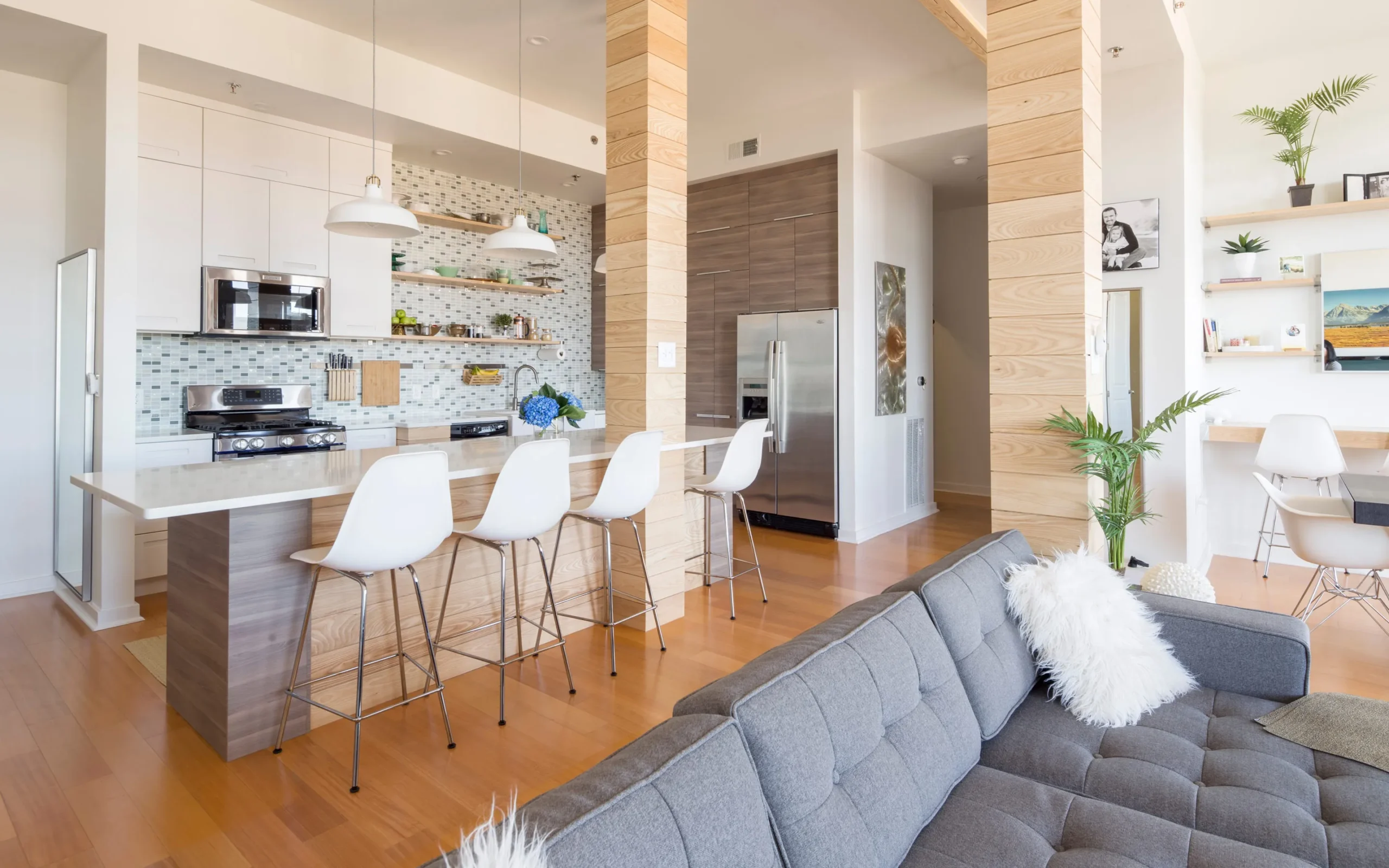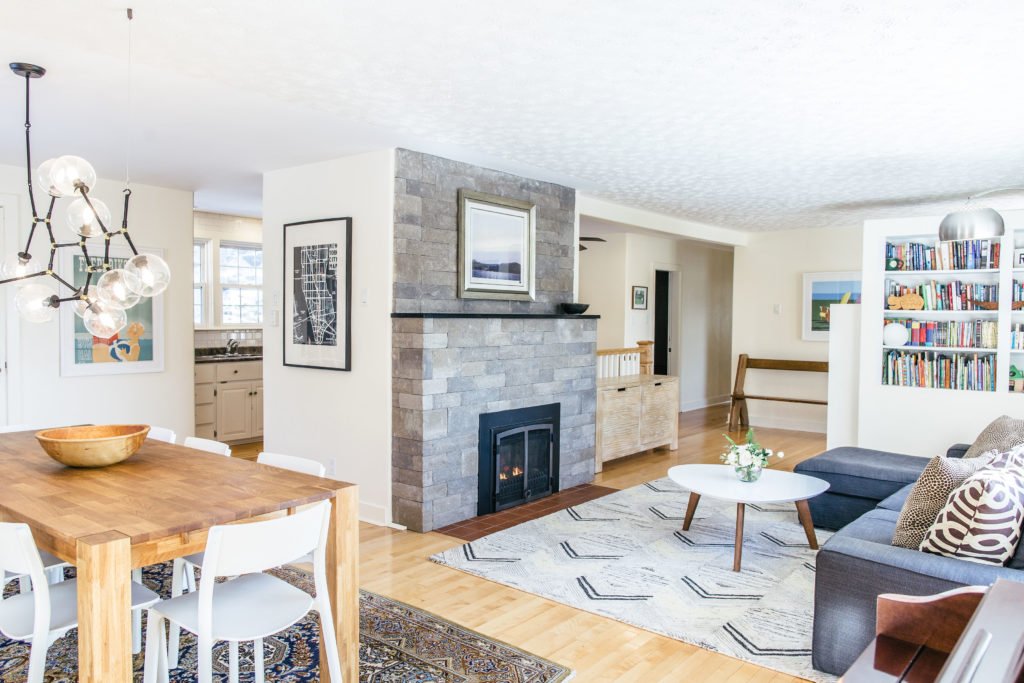Photographing small spaces presents unique challenges, but with the right techniques, you can make even the tiniest areas look spacious and inviting. Whether you’re capturing a compact apartment, a cozy room, or a small office, these tips will help you create appealing images that highlight the best features of small spaces.
1. Use a Wide-Angle Lens
Importance: A wide-angle lens allows you to capture more of the room in a single shot, making small spaces appear larger.
Recommended Lens:
- Canon EF-S 10-18mm f/4.5-5.6 IS STM
- Nikon AF-P DX 10-20mm f/4.5-5.6G VR
- Sony E 10-18mm f/4 OSS
Tip: Be cautious of lens distortion, which can occur with wide-angle lenses. Use lens correction tools in post-processing to fix any distortions and ensure the room looks natural.
2. Utilize Natural Light
Importance: Natural light helps make small spaces feel airy and open.
How to Utilize:
- Open Curtains: Allow as much natural light in as possible by opening curtains or blinds. Natural light brightens the room and enhances its appearance.
- Avoid Harsh Light: Shoot during times when the light is soft and diffused, such as during early morning or late afternoon. Avoid harsh midday sunlight that can create strong shadows.
3. Use a Tripod
Importance: A tripod provides stability and allows you to use longer exposure times without introducing camera shake, especially in low-light conditions.
Tip: Use a tripod to capture sharp, clear images, particularly when using a wide-angle lens. This ensures that your photos are well-composed and free of blurriness.
4. Optimize Composition
Rule of Thirds:
Apply the rule of thirds to create balanced and visually appealing compositions. Position key elements along the gridlines or intersections to draw attention to the space’s best features.
Leading Lines:
Use leading lines, such as architectural features or furniture arrangements, to guide the viewer’s eye through the space. Leading lines can help emphasize the layout and make the room appear more spacious.
Corners and Angles:
Photograph from the corners of the room or at angles to capture more of the space and create a sense of depth. Avoid shooting directly into corners, which can make the space feel even smaller.

5. Declutter and Stage the Space
Decluttering:
Remove any unnecessary items or clutter to create a clean and open look. Clutter can make small spaces feel cramped and uninviting.
Staging:
Arrange furniture and decor in a way that highlights the room’s functionality and appeal. Opt for minimalistic staging that complements the space without overwhelming it.
Tip: Use mirrors and strategically placed lighting to enhance the sense of space and reflect light around the room.
6. Use HDR Techniques
Importance: HDR (High-Dynamic-Range) techniques help balance exposure in small spaces with varying light levels.
How to Use:
- Bracketed Exposures: Take multiple shots at different exposure levels (e.g., underexposed, properly exposed, overexposed) and merge them using HDR software.
- Enhance Details: HDR can capture more detail in both bright and dark areas, ensuring that every part of the room is visible and well-exposed.
7. Edit Carefully
Enhance, Don’t Overdo:
In post-processing, adjust brightness, contrast, and color balance to enhance the space without making it look unnatural. Avoid excessive editing that could distort the room’s true appearance.
Correction Tools:
Use correction tools to fix lens distortions, straighten lines, and remove any imperfections. Ensuring that the room looks accurate and polished is crucial for effective presentation.
8. Capture Multiple Angles
Importance: Showing different angles helps provide a comprehensive view of the small space.
How to Capture:
- Wide Shots: Capture wide shots to showcase the overall layout and flow of the room.
- Detail Shots: Include close-up shots of key features, such as architectural elements, fixtures, and furnishings, to provide a complete picture of the space.
9. Use Editing Software
Importance: Editing software allows you to fine-tune your images and correct any issues.
Recommended Software:
- Adobe Lightroom: For color correction, exposure adjustments, and lens corrections.
- Adobe Photoshop: For detailed retouching and removing distractions.
Tip: Use editing tools to enhance the natural light, correct any lens distortion, and ensure that the space appears as inviting and open as possible.
Conclusion
Photographing small spaces effectively requires a combination of the right equipment, composition techniques, and post-processing skills. By using a wide-angle lens, optimizing natural light, and carefully staging and editing the space, you can create images that make small areas look larger and more appealing. Apply these tips to capture stunning photos that highlight the best features of small spaces and attract potential buyers or clients.

